When it comes to leg massagers, many people's first reaction is that middle-aged and elderly people need them more. Both muscle mass and muscular endurance decline with age. The elderly are prone to inflexible legs, sore legs, and swollen legs. Not physically flexible enough to massage. A good leg massager can help with symptoms.
But in fact, young people also have a great demand for it. For example, sales, counters, and other jobs that require standing for a long time will cause leg soreness after getting off work, and may even cause varicose veins; there will also be leg soreness and edema; if you have the habit of wearing high-heeled shoes, the calf muscles will be excessive Contraction, the legs will be sore and uncomfortable at the end of the day. In addition, people who have exercise habits often experience muscle soreness after exercise. At this time, simple foot soaking and manual kneading are not very effective. It would be nice to have a leg massager to relax.
What are the benefits of a leg massager?
Leg massagers provide a great way to relax and reduce pain and stress in the legs. Not only are they enjoyable, but they are also beneficial in many ways. Below are some of the key benefits that leg massagers provide.
- Relief of Pain and Stress: Leg massagers can help reduce pain and stress in the legs caused by daily activities or chronic conditions such as osteoarthritis or fibromyalgia. The massage helps to relax muscles and improve circulation so that the legs feel better and can move more freely.
- Help with Joint Soreness: Leg massagers are also beneficial for people who suffer from chronic joint pain. The massage helps to reduce joint stiffness and loosen up tight muscles that cause pain.
- Improve Body Circulation: Leg massagers help to improve circulation in the legs and feet. With improved circulation, the legs and feet can receive more oxygen and nutrients which can help reduce fatigue and keep them feeling healthy.
- Help with Arthritis: Arthritis can cause chronic pain and swelling in the legs, but leg massagers can help relieve some of the symptoms. The massage helps to reduce swelling and loosen up the joints so that they don’t feel as tight and painful.
- Fast Muscle Recovery: Leg massagers can also help with muscle recovery after intense workouts or sports activities. The massage helps to loosen tight muscles and break up lactic acid build-up so that the body can recover faster.
- Help with Leg Numbness: Leg numbness can be caused by a variety of conditions, but using a leg massager can help reduce the symptoms. The massage helps to improve circulation and loosen up tight muscles around the leg so that the sensations gradually return to normal.
It's not hard to see that leg massagers offer a variety of benefits to their users. Of course, here are just some of them, as long as they are used regularly and reasonably, they will help you.

How to get the most out of a leg massager?
Using a leg massager is an excellent way to relax and relieve muscle tension in your legs, as well as provide therapeutic relief for circulation and sore muscles. However, using a leg massager incorrectly can damage or strain the muscles, as well as cause other physical and emotional problems. It is important to know how to use the leg massager correctly to get the best results and the most benefit from it.
When you first get a leg massager, it is best to read the manufacturer’s instructions before you start using it. This will ensure that you know how to use the unit correctly and adjust the settings according to your needs. Generally speaking, leg massagers come with a variety of settings, including modes, intensity levels, and timing. You should experiment with each of these settings to find the combination that works best for you.
When using your leg massager, it is important to know how long it should be used. If you use it too long, you could end up overworking your muscles and developing additional strain. On the other hand, if you don't use it long enough, you won't get the maximum benefit out of your massager. Generally speaking, it is best to use the leg massager for 15-30 minutes at a time. This should be enough time to get the desired amount of relief without straining your muscles. Additionally, if your leg massager has a timer, you should set it to the time that is most comfortable for you. This will ensure that you get the most out of your sessions without overdoing it. For example, the ft-068a leg massager of the FITKING brand provides 3 different timing settings 20 minutes, 25 minutes, and 30 minutes. You can choose the use of time according to your own needs.
Finally, to get the most out of your leg massager, you should consider different settings. For instance, the more intense settings are better for deep-tissue massage, while the lighter settings are better for light-touch relaxation. And it is important to keep your legs relaxed while using the leg massager. If you tense your muscles too much, the massage will not be as effective. It is best to take slow breaths, focus on relaxing your muscles, and allow the massage to do its work.
By following these points, you will be able to ensure that you get the most out of your leg massager. Remember to always be mindful of how your body is reacting to the massager and adjust the settings accordingly. With just a bit of practice, you will be able to enjoy the relaxation and therapeutic benefits of a leg massager.
Tips to choose the right leg massager
Leg massagers are an essential device that can help alleviate discomfort and improve circulation in your legs. But with so many models available, selecting the right leg massager for your individual needs can seem overwhelming. Before you purchase a leg massager, there are a few things to keep in mind:
- Choose the right size: Before you make a purchase, make sure the massager fits properly around your leg to maximize comfort. If you’re looking for a massager for your lower leg, you may want something shorter; one for the entire leg should cover from just above the ankle to just below the knee.
- Consider the massage style: Different types of massagers use different massage techniques. Some vibratory models use rapid vibration to relax muscles while other types use air compression for a gentle but effective massage.
- Look for adjustable settings: Different people have different preferences when it comes to a massage, which is why adjustable settings are so important. Look for a leg massager with a range of intensity options that can be personalized for your unique needs and preferences.
- Choose a quiet model: The sound of a massage machine in your home can be annoying, so look for one that is as quiet as possible. Some models use quieter motors and have been specially designed to keep noise to a minimum.
- Check the warranty: The best leg massagers come with a good warranty so you can be sure of the quality of the product. Look for a model that offers a long-term warranty on parts and services to ensure that you get the proper care and maintenance should something go wrong.
When shopping for a leg massager, it is important to consider the size, massage style, adjustable settings, noise level, and warranty. Taking these factors into account will help you find the perfect massager for your individual needs and preferences.



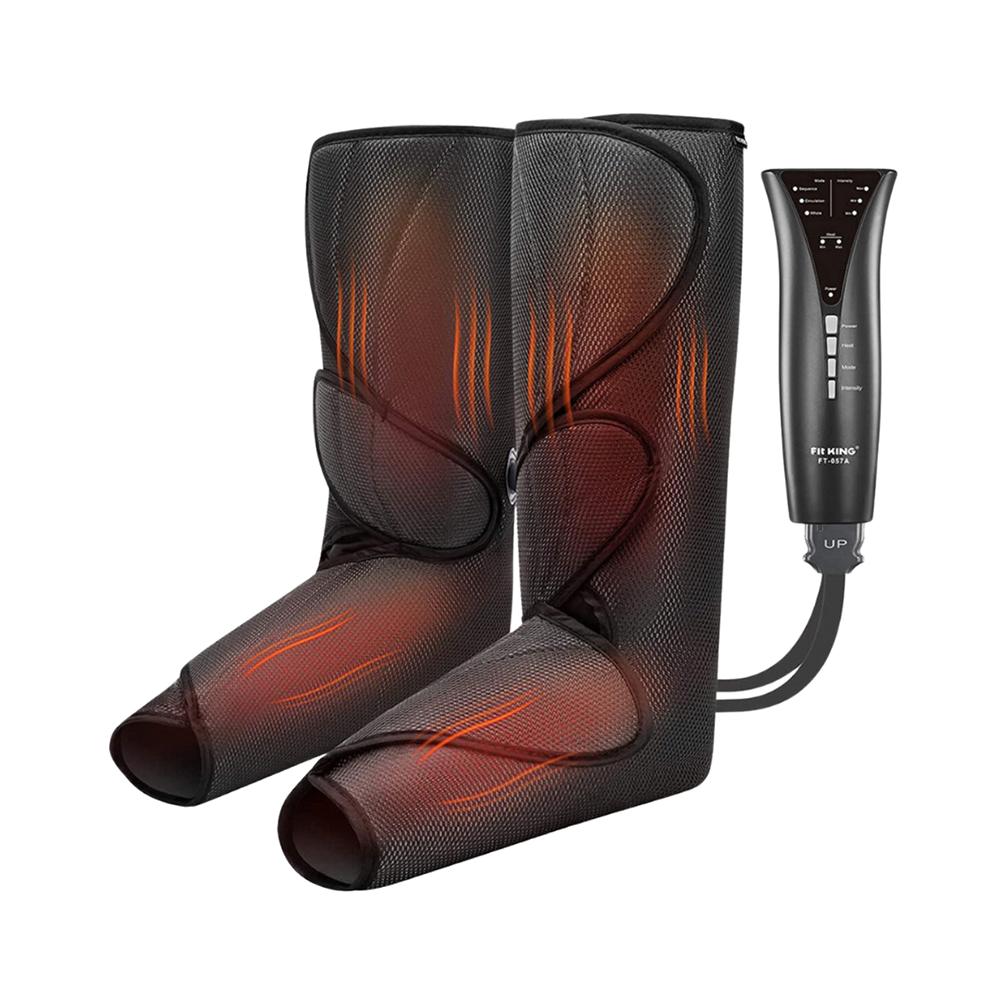
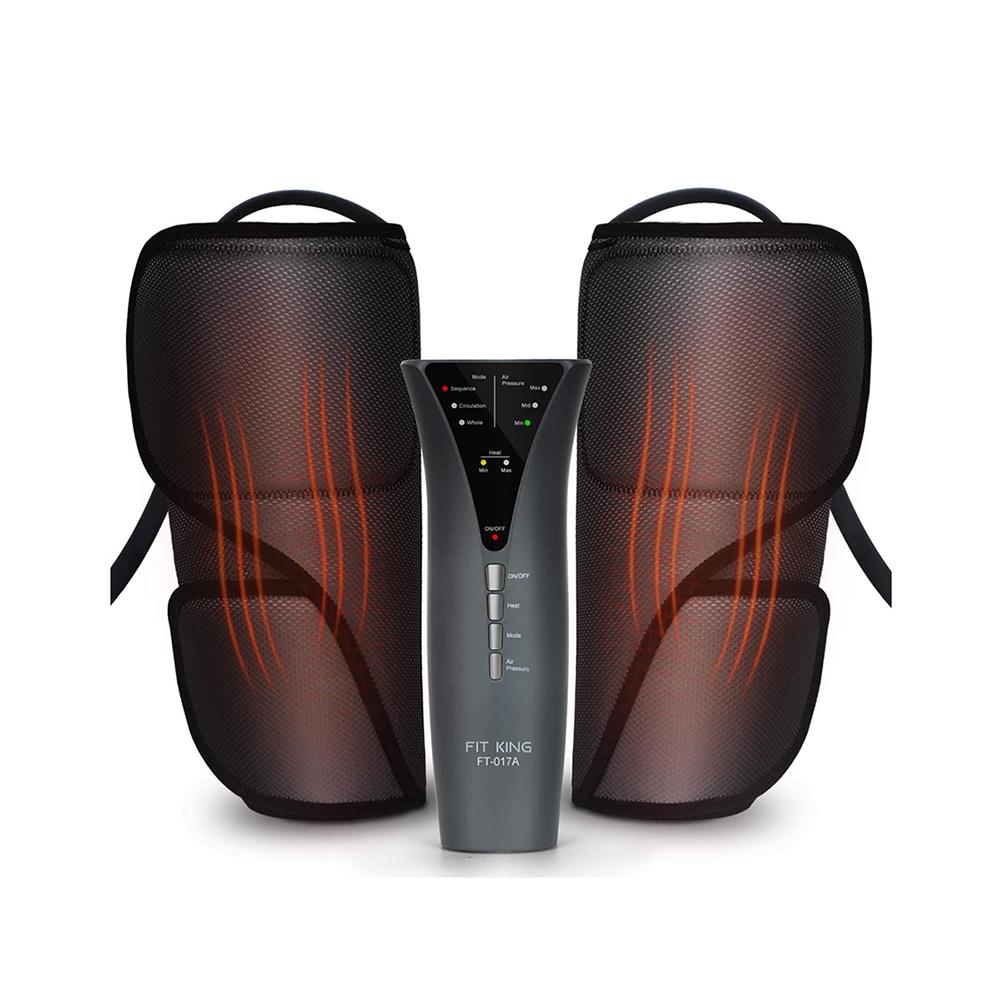
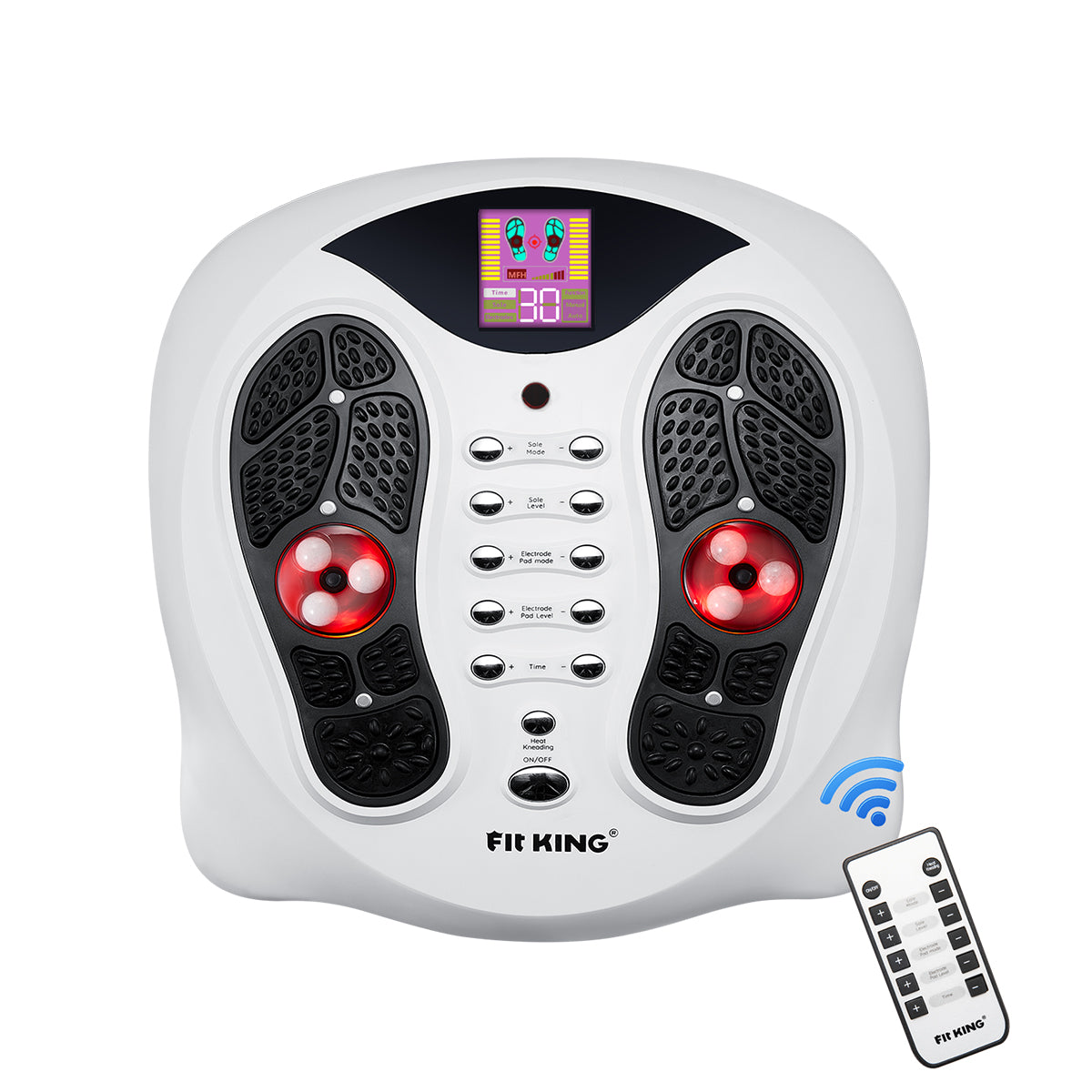
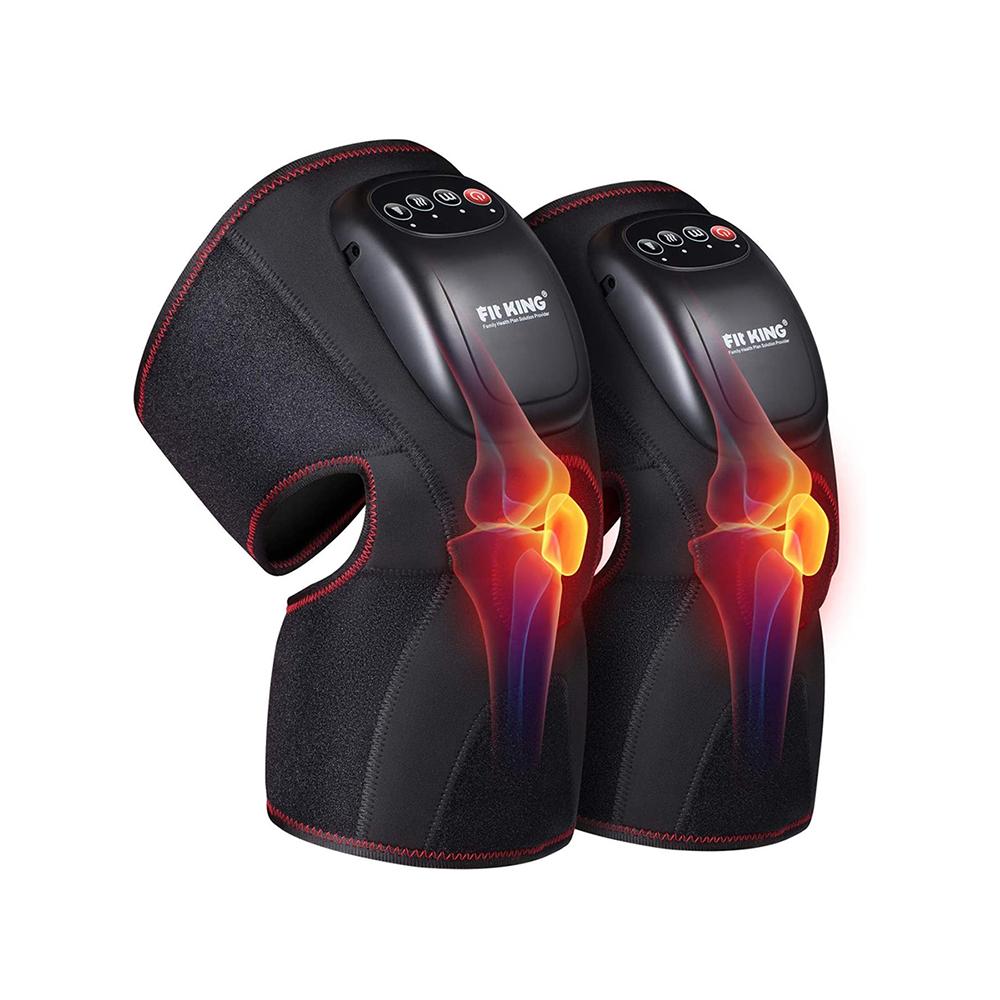
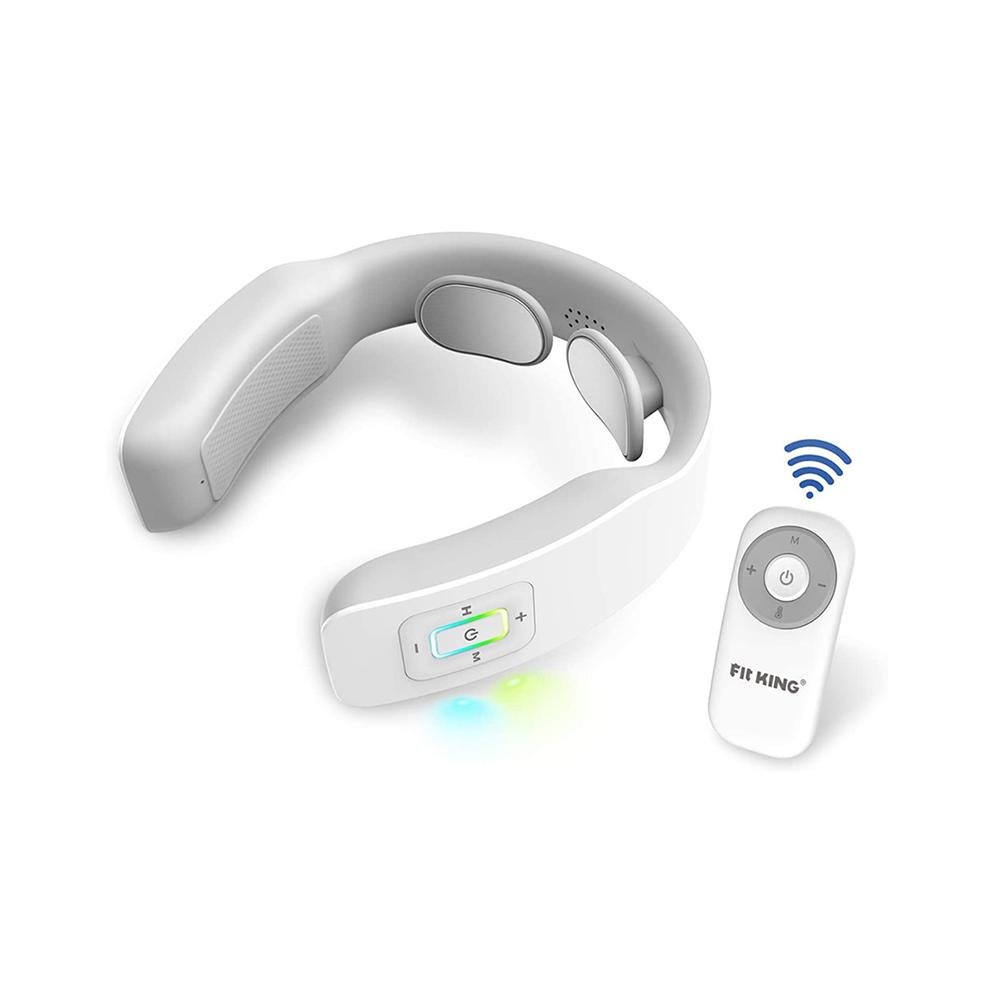
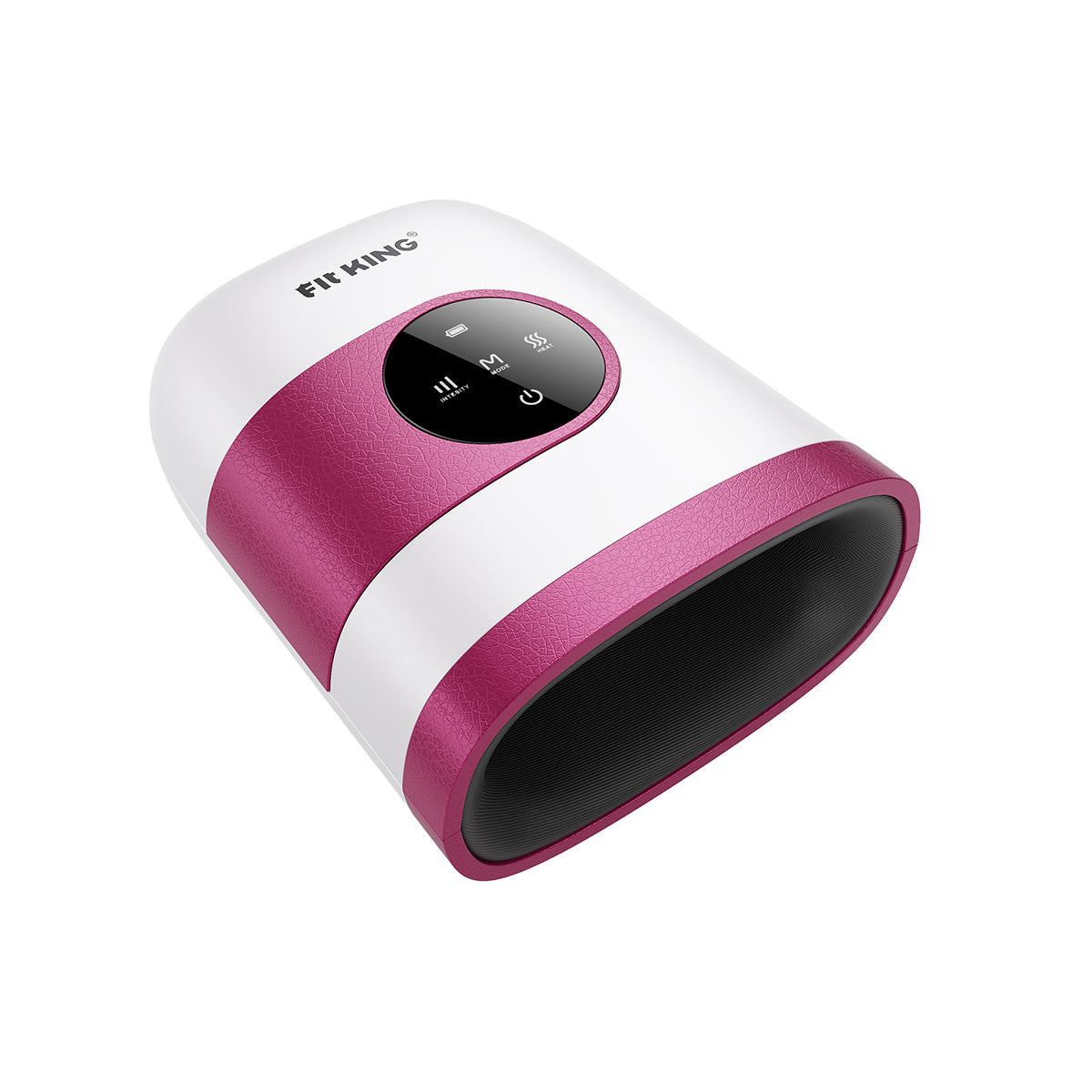




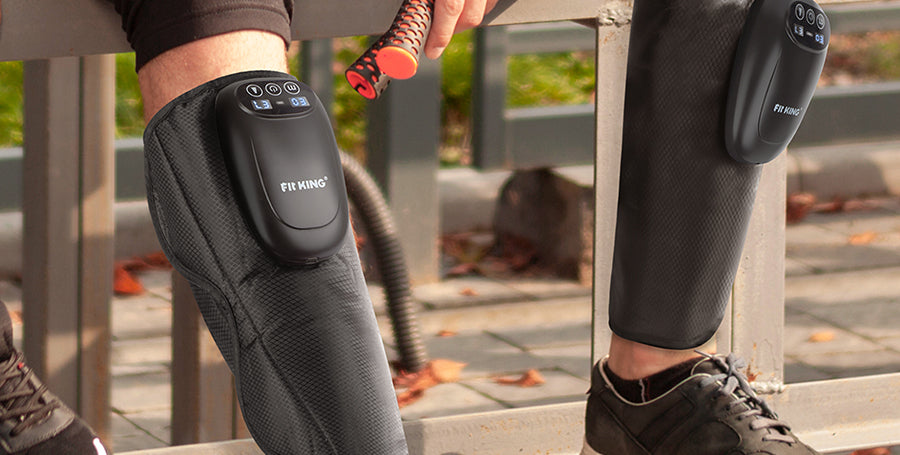
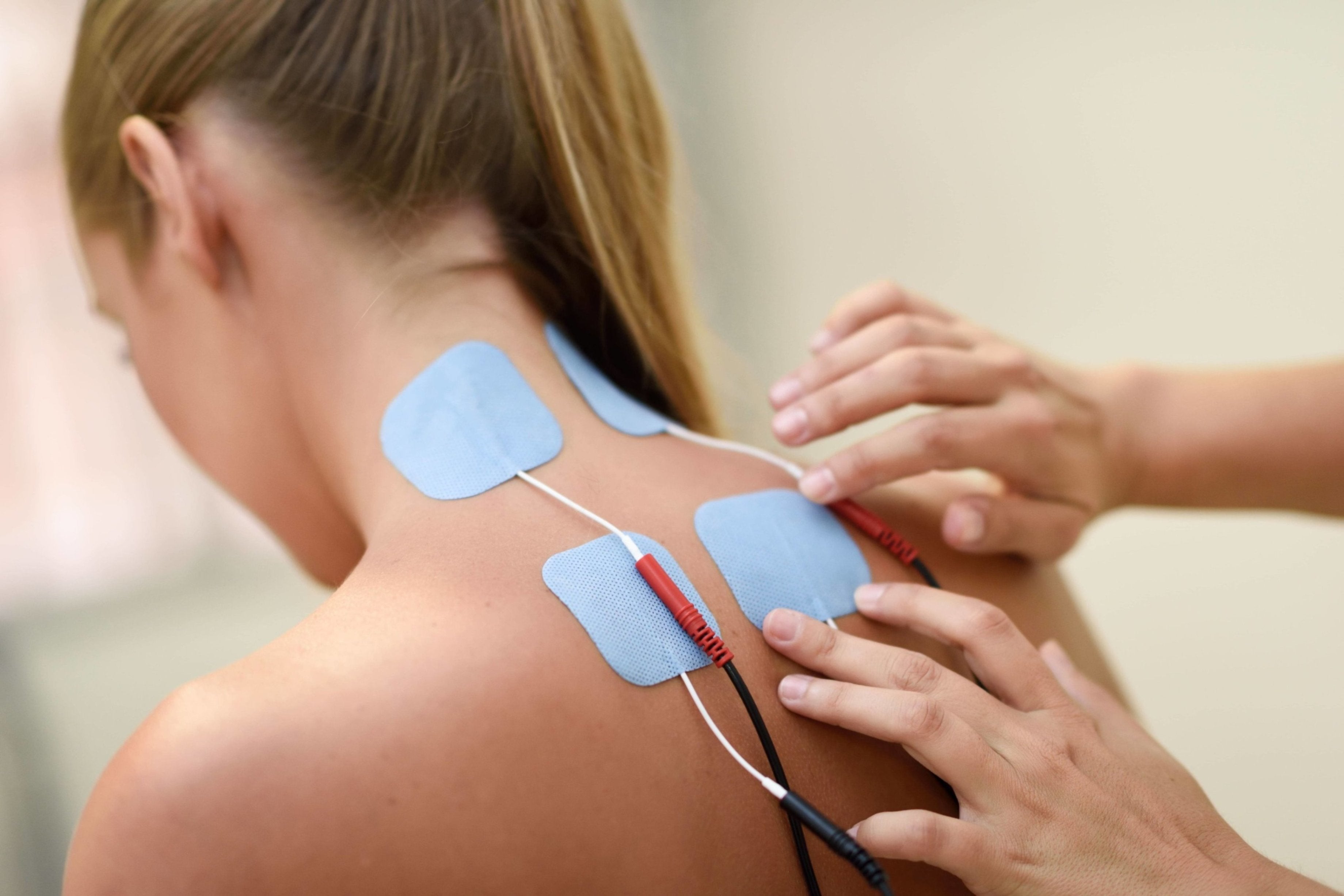
Leave a comment
This site is protected by hCaptcha and the hCaptcha Privacy Policy and Terms of Service apply.